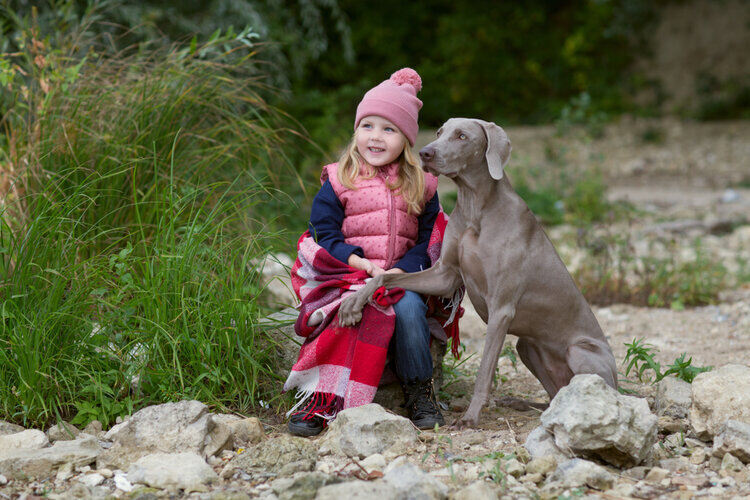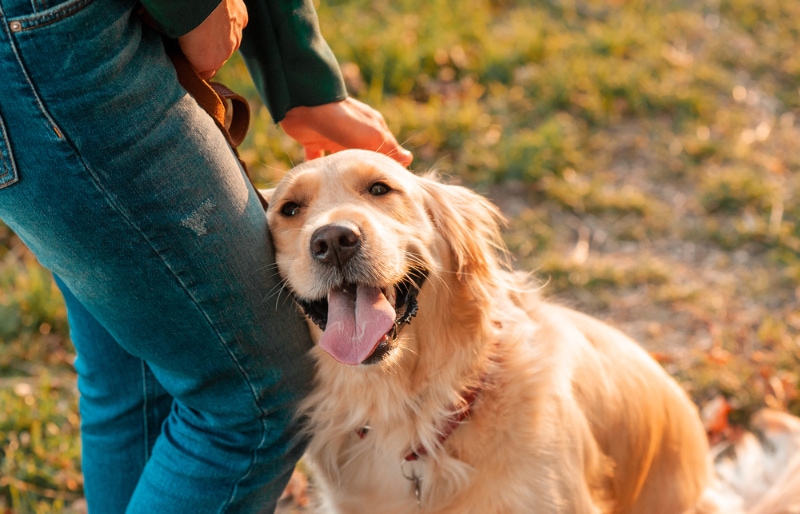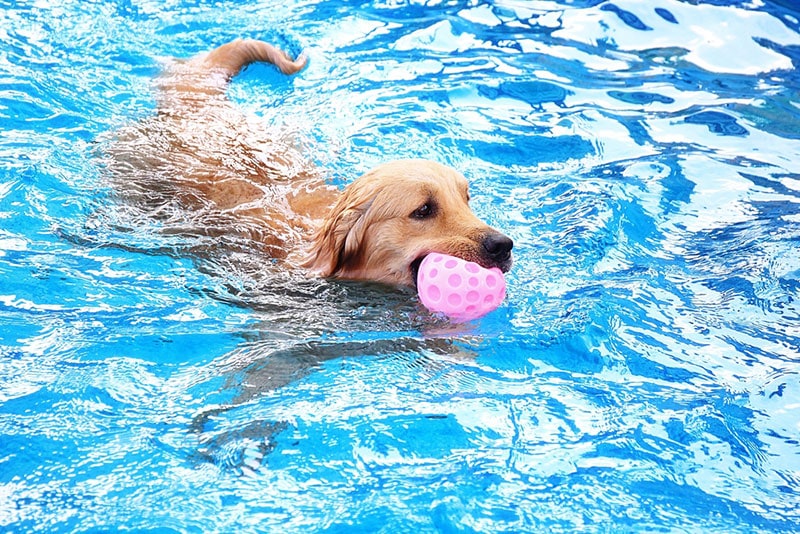How to Potty Train a Great Pyrenees: 9 Expert Tips
Updated on
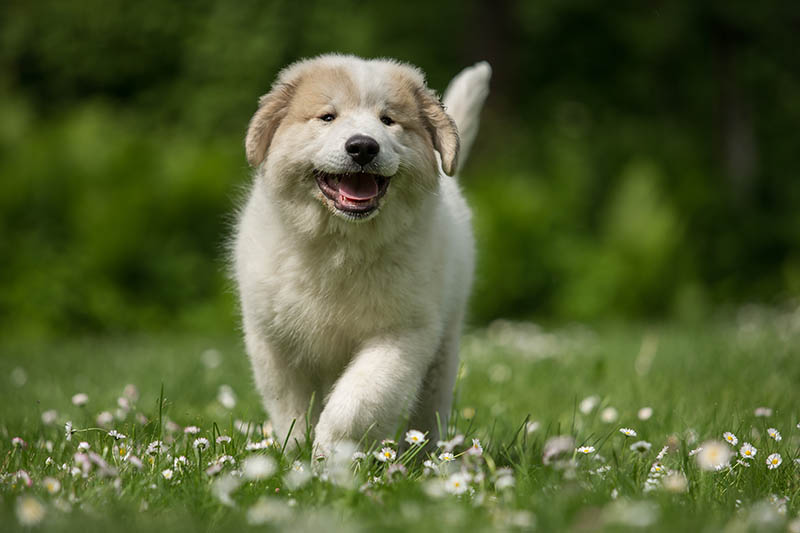
Potty training a Great Pyrenees may seem like a complicated, challenging training process. However, it doesn’t have to be difficult. In fact, training a Great Pyrenees to use the bathroom outside is often easier than training other dogs. Because they are larger, they have bigger bladders, which means they have to go outside less often.
Still, it requires significant amounts of patience and effort to potty train your puppy. While it may seem easier, this doesn’t mean it will happen without any intervention from you.
Here are some of the most important steps you should take to train your Great Pyrenees to use the bathroom in the correct location.
The 9 Tips on How to Potty Train a Great Pyrenees:
1. Establish a Routine
The first step is to establish a routine for your canine. You need to feed your Great Pyrenees at the same time each day. For puppies, this often means three meals a day, while adults can usually get away with two. You should also give water on a schedule, as this helps you predict when your dog will need to go out.
Consistency helps a lot with potty training, as it can help you figure out when your dog must go outside. Therefore, we recommend establishing a routine as soon as you bring your dog home.
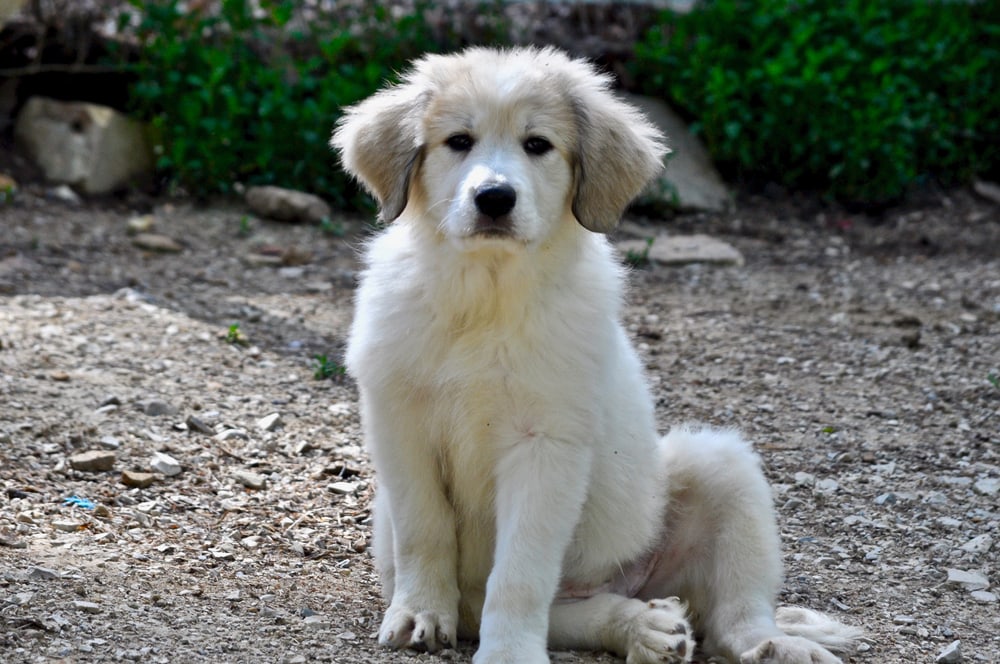
2. Choose a Designated Potty Area
In the beginning, it helps to have a very specific spot you want your dog to use the bathroom. When they are well trained, you can often let them go anywhere outside. However, designating the whole outside when they are first learning can be challenging. Instead, choose a small area of your yard where you want your dog to go outside.
Take your dog to the same spot every potty break. The scent of them previously using that spot will encourage them to go there again.
3. Use a Command
While you don’t need to strictly train your dog to go to the bathroom on command, you can use a command in the beginning to encourage your dog to go. Something simple like “go potty” is a solid option.
Say this command whenever you take your dog to the potty spot and then again when they actually use the bathroom. Don’t forget to give them a treat and lots of praise when they are done.
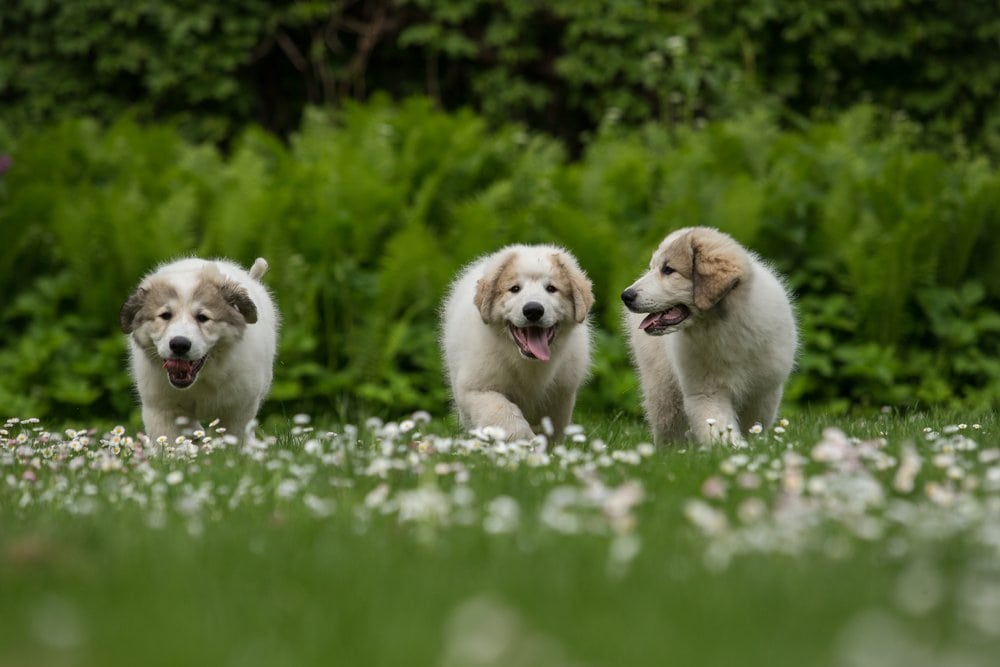
4. Supervise Closely
Puppies can go to the bathroom very quickly indoors. Each indoor accident sets your puppy back on their potty training. Therefore, it’s important to supervise them closely if they are a young puppy. You need to learn the signs that your dog needs to use the bathroom and take your dog outside. Supervision can prevent tons of accidents in the beginning weeks. Common signs that they need to go include sniffing the ground, circling, pacing, or whining. When you see these signs, act quickly and take them outside.
Yes, this is a lot of work. However, successfully potty training a puppy is a challenge all around.
5. Reward and Praise
Be sure to reward your dog promptly whenever they use the bathroom outside. Praise them enthusiastically and use a high-value treat (a treat that they wouldn’t often get otherwise). Use a cheerful tone, but don’t be so excited that you scare the puppy. It isn’t uncommon for owners to take the word “enthusiastically” to heart and frighten a puppy with their sudden praise.
Positive reinforcement is the best way to teach your puppy to go outside. It teaches them to associate going outside with positive experiences.
6. Clean Up Accidents Quickly
If your Great Pyrenees has an accident indoors, clean it up right away. Consider using an enzymatic cleaner, which helps remove the scent (even the scents you can’t smell). If you don’t clean it up well, it can encourage your dog to go there again. That’s the last thing you want, of course, so cleaning is essential.
If your dog regularly goes in the same spot indoors, consider blocking it off. Sometimes, dogs may confuse some indoor spaces with “outdoor” spaces. Shaggy carpets often cause confusion because they look and feel more like grass. Some indoor areas that feel outdoors, like sunrooms, can also cause confusion.
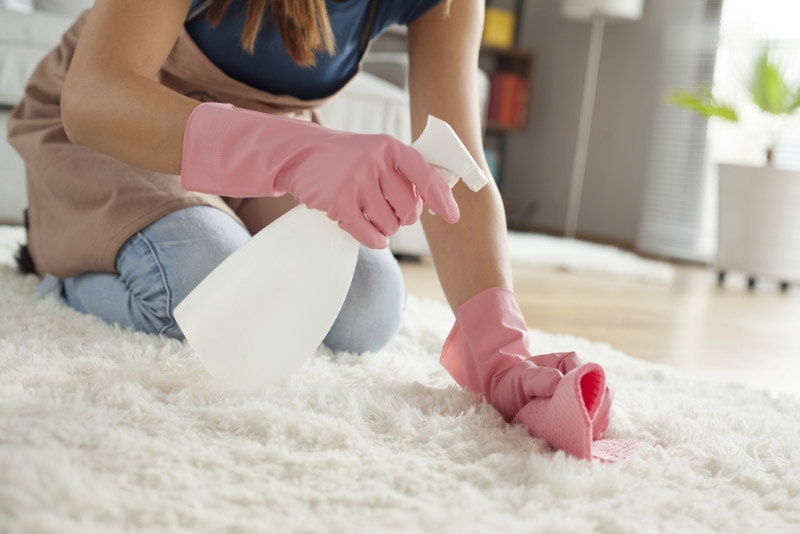
7. Be Patient
Potty training can take quite a while, especially if you start later in your dog’s life. Avoid scolding or punishing your dog for accidents. This may only cause fear and anxiety around elimination, which may make your dog hide whenever they need to use the bathroom—the opposite of what you want. Instead, make going outside a cheerful, exciting process so that your dog gets excited and runs to the door whenever they need to go.
Don’t expect your dog to be potty trained after a month or even several months. Dogs may continue to have accidents for many months, though they should dissipate with time.
8. Gradual Independence
Once your dog has become more and more reliable with potty training, you can expand their freedom to include the rest of the house. You can also start encouraging them to go everywhere outside—not just in the one spot you signified as “the potty spot.”
You should do this very slowly, though, only allowing your canine access to a new room after they’ve been accident-free for a week or so. Sometimes, you may need to rein your dog’s access back in whenever they plateau in their process or experience something that negatively affects their potty training (like surgery).
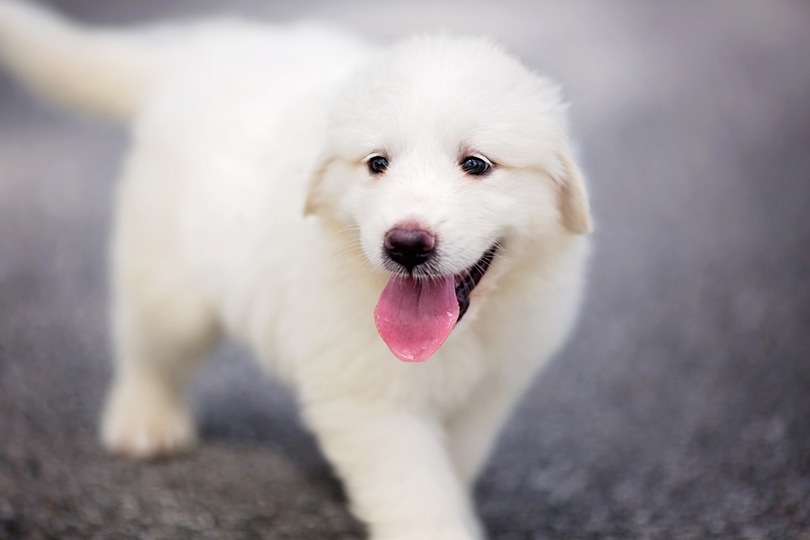
9. Progress Isn’t a Straight Line
It’s important to remember that progress isn’t a straight line. It’s easy to think that your dog would slowly have fewer accidents every week until they eventually have no accidents. However, this isn’t how progress works.
Instead, your dog may have many accidents and then slowly have fewer every week. However, they may suddenly regress to having many accidents again. Or, they may have one random week with no accidents in the middle of their stable progression.
Don’t assume you’re failing if your dog suddenly has an accident. Just reign in some of their freedom and supervise them more closely. Often, after the hump, they go back to progressing quickly. Don’t assume your dog is potty trained after their first week of no accidents, either. Careful supervision is still required.
Final Thoughts
Potty training a Great Pyrenees is often not terribly challenging, as they are bigger dogs. However, they do still need potty training. It’s important to be very patient and carefully potty train your dog following the steps above. While these dogs typically potty train quickly, it can still take a few weeks.
Plus, even if you potty trained your dog as a puppy, it isn’t odd for them to need a quick reminder in their adult life. In many cases, Great Pyrenees may regress due to unforeseen circumstances, such as a traumatic event or surgery.
Featured Image Credit: DTeibe Photography, Shutterstock

